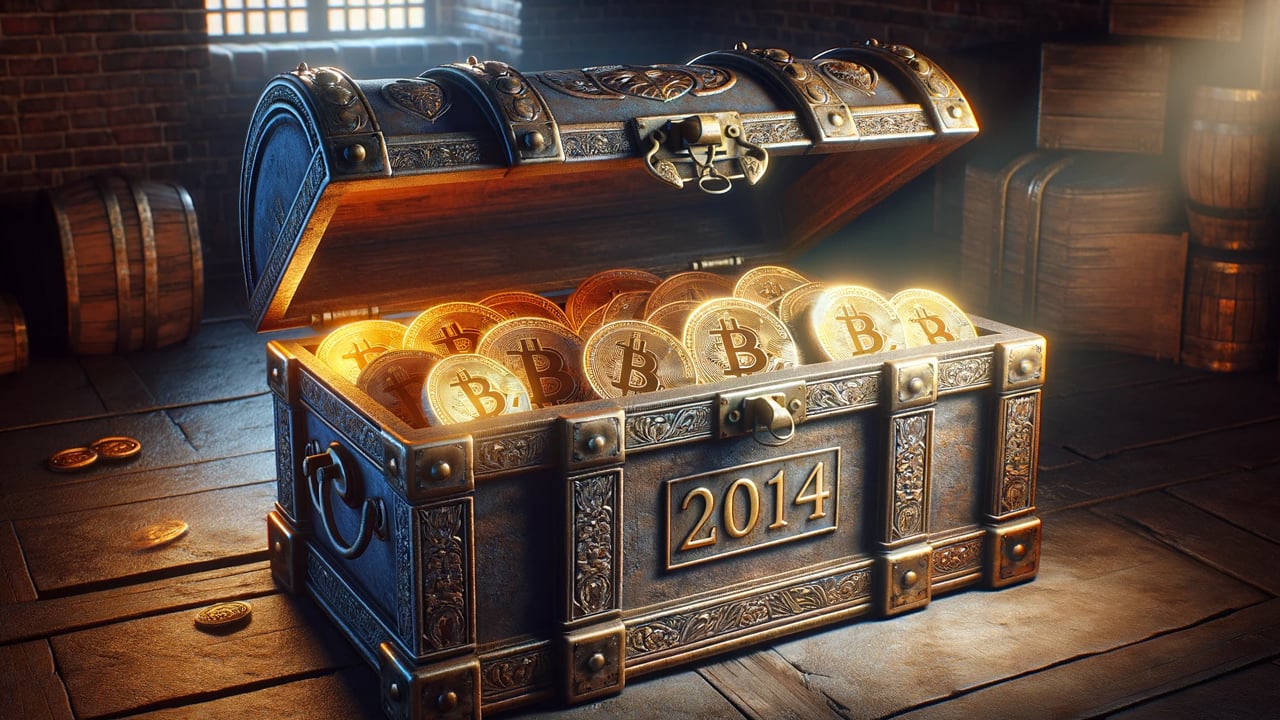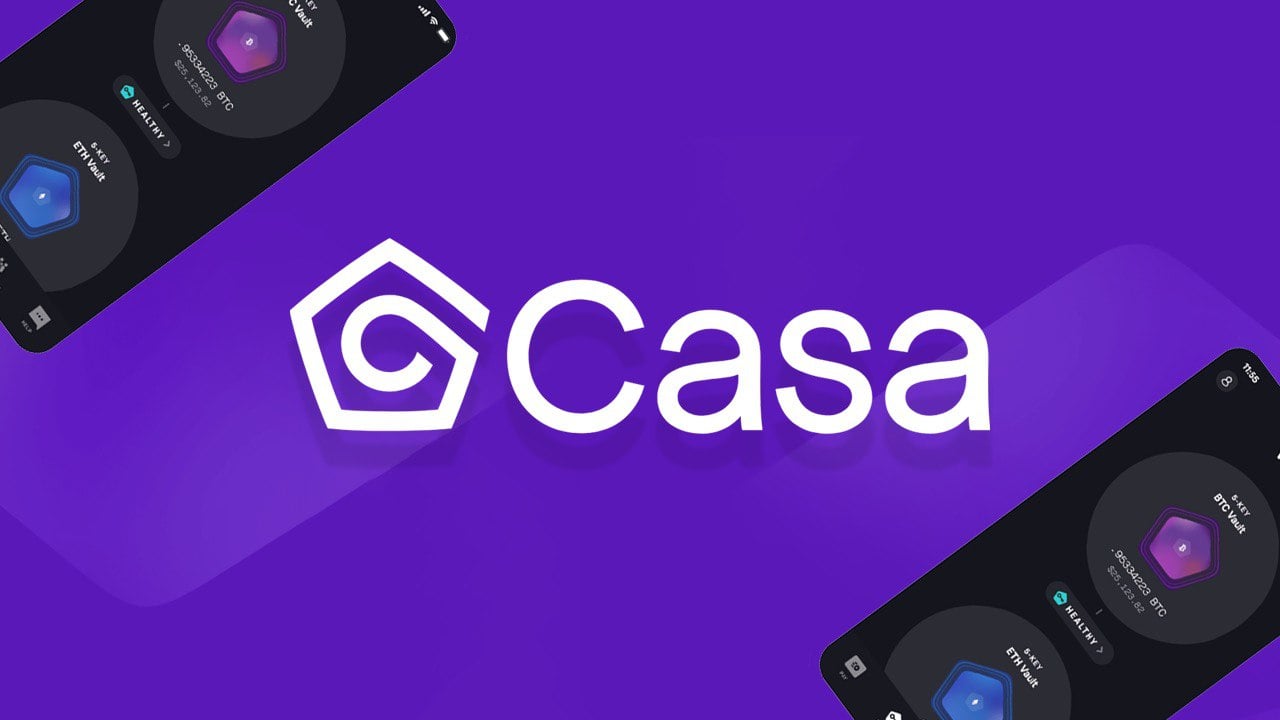- Approximately 100 parachain slots minus the ones for common good parachains will be available as part of the slot auctions on Kusama.
- The auctions use a modified candle auction format, with the end time determined using a verifiable random function.
The launch of the parachain slot auctions on Polkadot and Kusama is undoubted one of the most anticipated events in the crypto space, along with the launch of Ethereum 2.0 in phase 1. While relatively much is already known about Ethereum 2.0, the parachain slot auctions and how exactly they work have been a bit of a mystery until today. To shed some light on the matter, Kusama has now published new details.
According to the current plan, Kusama will launch its parachains about a year before the Polkadot mainnet, and will serve as a value-based testbed for technologies in the Polkadot ecosystem to ensure that the launch of Polkadot’s production environment is as successful and secure as possible.
The Parachains are the key to Kusama’s scalable multichain architecture, connecting to the network by renting a slot on the relay chain via a permissionless auction. As announced today, the parachains will likely be connected to Kusama in stages at first to realize a smooth launch.
As the Kusama team announced, based on theoretical computational constraints, about 100 parachain slots will be available in the future, with possible future optimizations, such as nested parathreads, increasing this number further. However, not all slots will be allocated by auction. As CNF reported, there will also be common good parachains. These are beneficial to the network as a whole, do not have to participate in the auctions and do not need to lock tokens.
Projects that want to get a parachain slot must develop them using the Substrate framework and then test them on a test network like Rococo. Teams can then determine a slot-lease auction strategy, participate in an auction, and connect the parachain to Kusama if they are awarded a slot. At the end of the term, they must participate in a new auction.
The auctions themselves follow a modified candle auction format, meaning that the exact time of the auction end is not known to prevent last minute bidding and allow for more accurate pricing. For parachain teams, this in turn means that they can start bidding after uploading the parachain code.
Basically, projects have two options here: bid for a contiguous range of six-week rental periods, or specify the amount of KSM they are willing to lock for the duration of the chosen range. As in a normal auction, teams can see other bids and increase their bid over time until a verifiable random function determines the exact time the auction ends. After that, the KSM amount bid remains locked for the duration of the rental period, after which it can be unlocked.
To avoid connection downtime and minimize the risk of losing a subsequent auction, teams can bid on and secure an adjacent slot before their current rental period ends. Teams can also choose to connect to Kusama as a parathread once this feature is launched.
Moreover, Kusama (KSM) owners can also influence the auctions using “slot crowdloans”. Teams can opt to crowdfund their slot rental by using the crowdloan mechanism built into Kusama. In return, teams can reward their donors as they see fit. During the slot rental, the donors’ KSMs remain locked.
For more details on the parachains slot auctions on Kusama, check out the new blog post.






